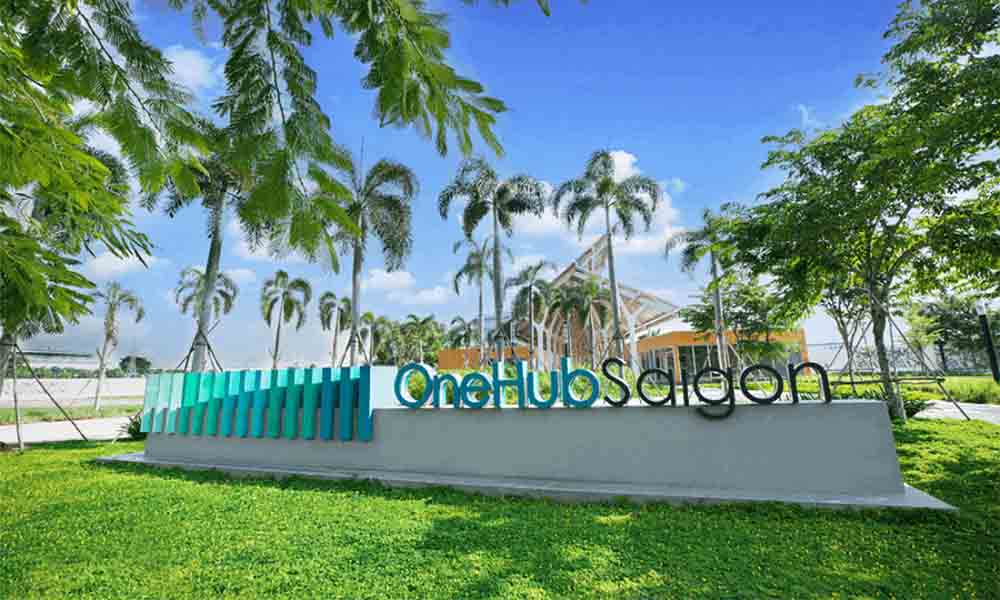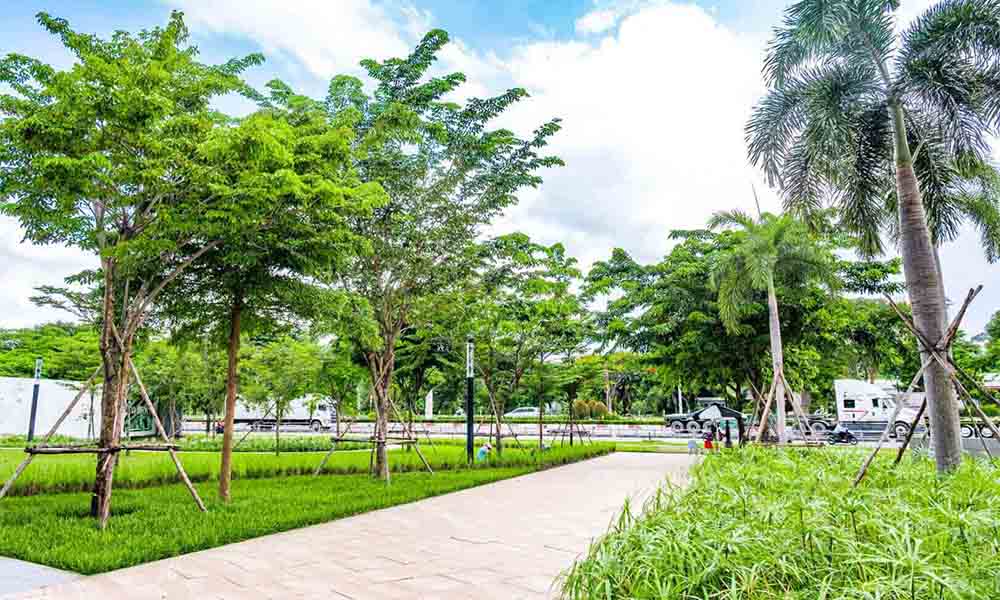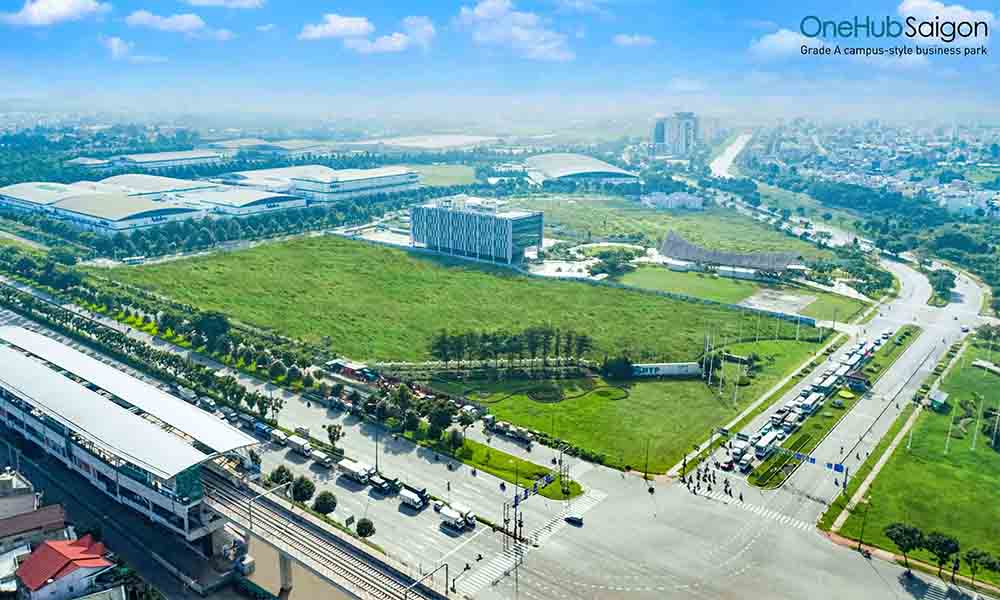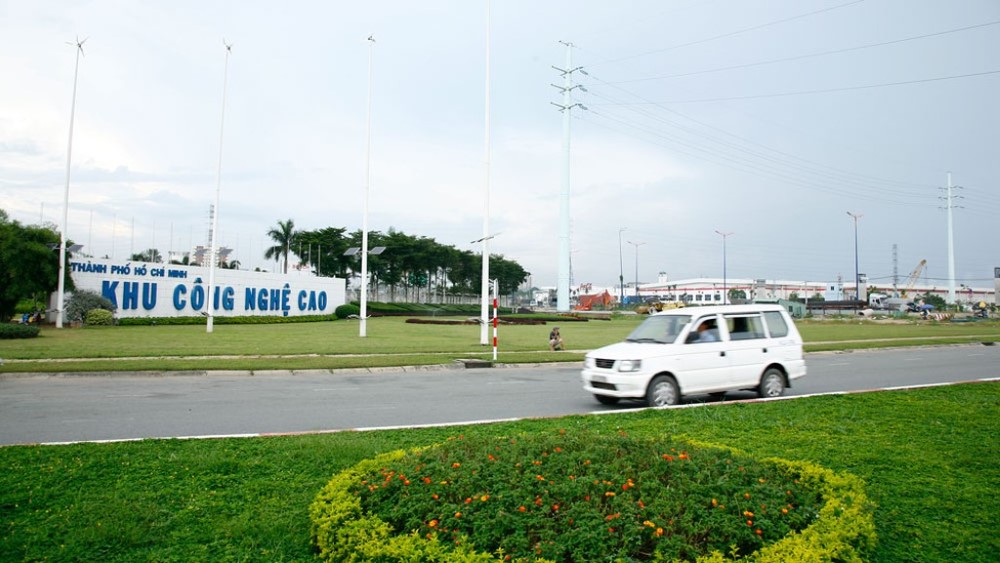What is LEED certification for office buildings?

Access rating system guide for important information regarding the LEED certification program and how it is important to office buildings. The article delves into this standard and the OneHub Saigon project – a LEED Silver-certified office building in Ho Chi Minh City.
What is LEED Certification?
LEED stands for “Leadership in Energy and Environmental Design.” It is a certification granted by the U.S. Green Building Council, a non-governmental organization specialized in evaluating environmentally friendly construction projects. LEED certification is a widely recognized standard for green office architecture worldwide. Its purpose is to establish standards and guidelines for constructing environmentally friendly urban areas and real estate projects.
It involves creating green spaces and ensuring compliance with the investor’s budget requirements. It goes beyond focusing on a single building aspect such as energy, water, or health and considers the overall picture to create the best buildings.

What is LEED certification for green office buildings?
Advantages of LEED-certified projects include:
- Environmental protection: Buildings are constructed with environmentally friendly solutions minimizing CO2 emissions, conserving energy and natural resources.
- Increased property value: LEED-certified buildings are seen as environmentally friendly and energy-efficient, therefore having higher value compared to non-certified buildings.
- Operational cost savings: New energy solutions help save and maximize resource usage which can reduce operational costs.
- Improved air and water quality: Buildings are designed to enhance ventilation, improve indoor air quality, and effectively manage water quality for domestic use.
- Creating differentiation: LEED-certified buildings demonstrate the investor’s commitment to the environment, helping differentiate them from other projects in the market.
LEED Certification Standards
LEED certification is among the widely recognized green architecture ones globally. Many businesses choose LEED-certified buildings as criteria for their offices or workplaces. In Vietnam, several reputable office buildings have achieved this certification, such as Capital Place, Deutsche Haus, OneHub Saigon, and more. LEED certification has its own rating system to evaluate the environmental friendliness of construction projects. Currently, the system has four ranking levels: Certified, Silver, Gold, and Platinum, corresponding to scores ranging from 40 to 110 on the LEED scoring scale. To achieve LEED certification, construction projects must meet the standards defined in categories such as design and construction, water and energy management, materials and resources, indoor environment, and management policies. The scores for each category are aggregated to determine the total score for the project.
LEED-certified projects are divided into four rating levels:
- Certified: 40-49 points
- Silver: 50-59 points
- Gold: 60-79 points
- Platinum: 80-110 points

The LEED rating system
Each rating level has different requirements and standards. Platinum is the highest level and requires more stringent criteria to obtain certification.
Objectives of the LEED System
LEED is a comprehensive standard that focuses on not only specific building aspects such as energy, water, or health but also considers the coordination of all important factors to create the best buildings.
The objectives of LEED are to create environmentally, economically, and socially high-standard buildings that enhance the health, comfort, and productivity of users while minimizing negative impacts on the environment. These objectives include:
- Reducing the impact of global climate change
- Enhancing individual human health
- Protecting and restoring water resources
- Preserving and enhancing biodiversity and ecosystem services
- Promoting sustainable and regenerative material cycles
- Improving community quality of life
In all LEED credits, 35% relate to climate change, 20% directly impact human health, 15% address water resources, 10% focus on materials and resources, 10% promote sustainable locations and transportation, 5% support energy efficiency, and 5% aim to improve indoor environmental quality.
Eventually, achieving LEED certification also helps increase the value and reputation of construction projects, especially in a market that increasingly focuses on environmental and sustainable issues.
OneHub Saigon – The first LEED Silver-certified office building in Saigon High-Tech Park
Evaluated as a new highlight of Saigon High-Tech Park and Thu Duc City, OneHub Saigon is a new kind of integrated business park and being the first LEED Silver-certified green office building in Saigon High-Tech Park.



The LEED Silver-certified office building with a new Campus-style office model
OneHub Saigon is an integrated business park project developed on Singapore standards focusing on human-centered design. It is built to meet the demand of office spaces combined with lush greenery areas for companies in the new economy, especially businesses with high growth rates and high value using advanced technology.
OneHub Saigon is positioned as a dynamic and innovative tech-hub leading the trend of decentralization – office movement to the outside of the central business district. It provides a workspace solution that meets all the requirements of financial organizations, e-commerce, fintech, internet industry and other industries.


Tower 1 of OneHub Saigon – a LEED Silver-certified office building in Ho Chi Minh City.
Located on a 12-hectare site, the buildings are designed in a campus-style model, providing a friendly environment for people working here. Renowned landscape architect Colin K. Okashimo is responsible for the landscape design. Additionally, PTW Architects (Australia) in collaboration with the consulting of G-Energy Global (Singapore) designed the office towers, enabling Tower 1 of OneHub Saigon to achieve LEED Silver green building certification.
This project is developed by Gaw NP Capital, a real estate investment fund with extensive experience in developing high-end residential projects, commercial complexes, retail, five-star hotels, and industrial real estate in Vietnam. Gaw NP Capital has also carried out many acquisition, management, and development deals for projects across major cities in Vietnam.


OneHub Saigon Grade A Campus-Style Business Park in Ho Chi Minh City
Conclusion
LEED certification provides specific standards for office buildings regarding environmental protection and human health, inspiring employees and improving their work performance. Additionally, the cost of renting LEED-certified buildings is relatively high as they are often located in central areas. Therefore, businesses can consider ideal alternatives such as OneHub Saigon – a LEED Silver certification office in the East of Ho Chi Minh City with competitive rental prices in the current economic climate.



